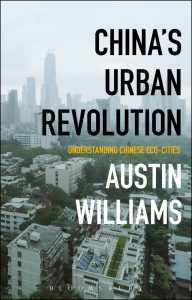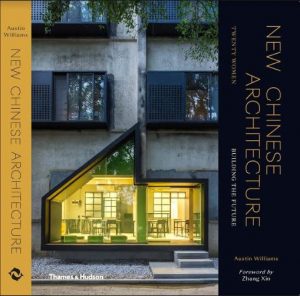What did regeneration ever do for us?
Austin Williams | July 2008
At a preview of the British Museum exhibition on the life and times of the Roman Emperor, Hadrian, one architecture critic claimed that Hadrian was the first ‘urban regenerator’ because of his involvement ‘in the minutiae of neighbourhood politics.’ That critic may not have intended to portray one of the greatest imperial adventurers as little more than a parish councillor, but these days, we shouldn’t be surprised if some people imagine that the high point of urban regeneration was cleaning graffiti off Hadrian’s wall.
Only five years ago, the then deputy prime-minister John Prescott’s provided a vision of ‘improving the quality of our public space’ that signalled a return to this kind of parochialism. While some of us expected the much-vaunted urban renaissance to be about café culture, boulevards and loft living, Prescott defined it as: ‘tackling failure, such as litter, graffiti, fly-tipping, abandoned cars, dog fouling (and) the loss of play areas or footpaths.’
The problem with communities apparently, is the people who populate them. Such a shallow view of humanity led to the conclusion that getting rid of anti-social behaviour would be the first step towards building public space for civic values. Conveniently, anti-social behaviour is often defined as that which doesn’t accord with civic values.
And so, from anti-social behaviour orders (ASBOs) to promoting local identity; from constraints on urban sprawl to positive discrimination; from segregation to integration; all of these discussions have at their core the idea that society needs to be reconstituted through rebuilding community, creating ‘active’ citizens and encouraging participation.
Suddenly, the role of architects has metapmorphosed from ‘building communities’ in the bricks and mortar sense; to a morally charged mechanism used to ‘unify urban neighbourhoods’ or to ‘reduce cultural and racial tensions, cut down the incidence of anti-social behaviour and encourage the local community to become more involved.’ Nowhere are parks, buildings or urban spaces designed and defended for the simple fact that they are ‘exciting’ or ‘pleasant’ or ‘beautiful’; nowadays they simply need to provide a tick-box for some intrusive social policy agenda.
And there’s the rub. The concept of architecture for architecture’s sake went out of the window a few years ago, but now architects – delighted to have a seat at the table after years out of the public’s favour – have adopted their unelected Orwellian political role with glee. Architecture has now become a central tool in the anti-social behaviour armoury and community engagement strategy.
Twenty years ago, in his BBC ‘Omnibus’ television essay, Prince Charles called for new communities to be developed that would engender within them ‘a sense of pride.’ He suggested that community values could be built into the very fabric of architecture and advocated that everyone ought to contribute to the planning and organisation of such an urbanism. That idea became realised in Poundbury, a new town development (or ‘urban village’ as Charles prefers to call it) on 400 acres of his own Duchy of Cornwall land. While Charles’ social idyll has been much parodied for its pretentious traditionalism, the underlying message – his paternalistic assertion that architects should intervene to remedy the fragmentation of what is now called ‘social capital’ – has been taken on board by most of the architectural ‘community’ in the intervening period.
It’s one thing for the putative monarch to expound such corrective behaviour mandates for his subjects; it’s quite another for non-traditional architects to say the same thing of their fellow citizens. All to often thee days, contemporary architecture attempts to force social solidarity into existence and, by definition, condemns those who do not conform.
But contrary to this determinist agenda it is not the built environment that generates social capital, self-esteem or a more meaningfully engaged civil society but the other way round: a confident society gives rise to bold architecture. Unfortunately, architects together with their paymasters – think-tanks, lobby groups, career politicians and media pundits – are happy to look for simple instrumental solutions to complex problems.
As the new progressive architectural manifesto, ManTowNHuman says, in order to avoid the rampant charlatanism in contemporary architecture, architects must be confident in the concept of architecture for architecture’s sake. ‘Good architecture’, it says, ‘need not have a prescribed ethical dimension’. Good architecture is not necessarily ‘responsible’ (and it certainly ought not to generate responsible behaviour). Conversely, ‘responsible’ architecture is not necessarily ‘good’.
Unfortunately, architects have lost the confidence to legitimise their social role through rational and intellectual engagement and instead, fall back on moralistic justifications. In large part, architecture and urban regeneration has lost all the pretence that it once had for a vision of a new metropolitan dynamic. It has ditched any big ideas, progressive ambitions, cutting edge techniques, critical enquiry and robust debate. Welcome to the sanitised eco-town.
With no progressive vision of the future, the urban renaissance is dead. Appropriately then, the International Federation for Housing and Planning conference recently explored, without irony, the contemporary desire for ‘Heritage Led Regeneration’.






